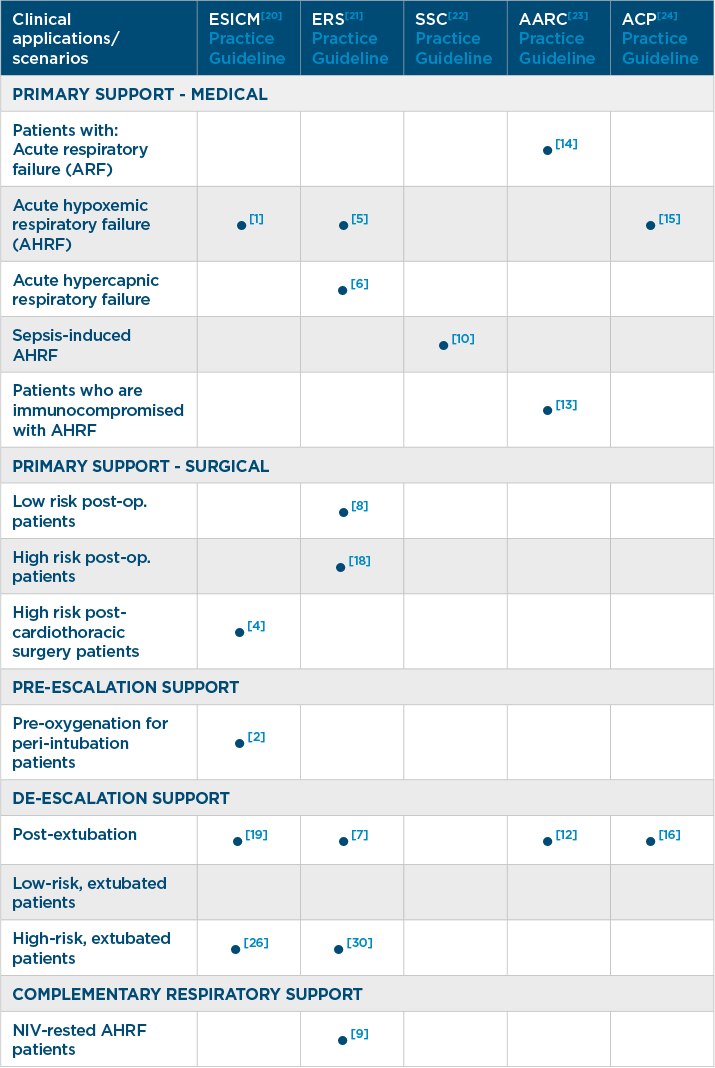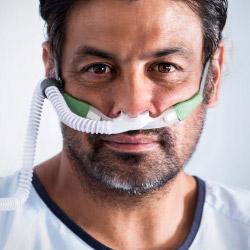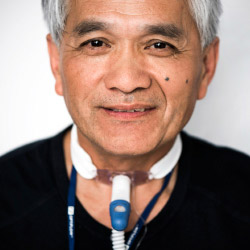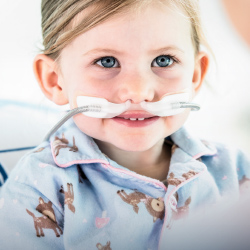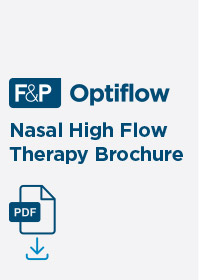While many terms (e.g. HFNC, high flow oxygen) describe nasal high flow therapy, one stands out. Optiflow High Flow Therapy.
Optiflow High Flow Therapy delivers respiratory support to your patients, by providing heated, humidified air and oxygen at flow rates up to 70 L/min through the unique Optiflow nasal cannula and delivered by a device such as the Airvo 2 High Flow system.
Check out the high flow Micro Moments series on the Education Hub.
Learn more about high flow therapy including; how to set up nasal high flow, how it works and why the therapy is so versatile – with F&P Micro Moments on the Education Hub
Check out the first episode below.
What is high flow therapy?
Introducing the first F&P Micro Moment!
Once you've watched the animation, check out this FAQ for context as to where high flow fits in to the care continuum.
High flow therapy foundations, a short course.
This course will equip you with the knowledge to use High Flow Therapy effectively in your hospital.

Continue your High Flow Therapy learning journey with this short, interactive module on the F&P Education Hub.
What does the evidence tell us about who benefits from high flow therapy?
Published guidelines highlight the breadth of application of High Flow Therapy.
We’ve created a table that will help you review the guidelines by patient population and application.
Hundreds of randomized controlled trials have been consolidated into evidence-based clinical practice guidelines.
These guidelines underscore the breadth of application of nasal high flow therapy.
Putting high flow therapy into practice
Learn what benefits high flow therapy offered when implemented across a hospital.
Optiflow High Flow Therapy therapy across the care continuum
- This video shows the introduction of the Airvo 2 device across departments of the Royal Berkshire Hospital in Reading, UK.
- Hospital clinicians talk about the benefits found both to the patients and hospital since its introduction.
Extubation to Optiflow High Flow Therapy: Dr. Hernández
- This video depicts extubation to Optiflow NHF therapy.
- It is based on the procedure used by Dr. Hernández and his colleagues' in the following studies: Hernández et al. JAMA. 2016 (April)1 and Hernández et al. JAMA 2016 (Oct.)2
1. Clinical practice/implementation of High Flow Therapy.
2. Published evidence - the science of high-flow therapy, including the mechanisms of action and patient outcomes.
Options for delivering Optiflow High Therapy
There are a few systems that will deliver Optiflow, review the quick guide below.
1. You can use a dedicated, standalone device such as the Airvo Optiflow systemor
2. You can use an NHF-capable mechanical ventilator. We call this a vent-driven system.
See the images below and for more details download our equipment guide
Airvo Optiflow NHF system
The following figure demonstrates what is required for an Airvo Optiflow system.
Optiflow High Flow Therapy cannula and interfaces
Interfaces for adults (nasal and tracheostomy) and pediatrics.
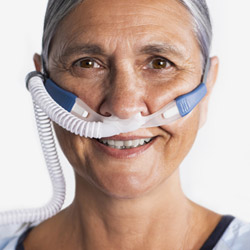
Optiflow+ Duet
nasal cannula interface
Reshaping respiratory support. Increases dead space clearance and pressure.1
Latest NHF interface

